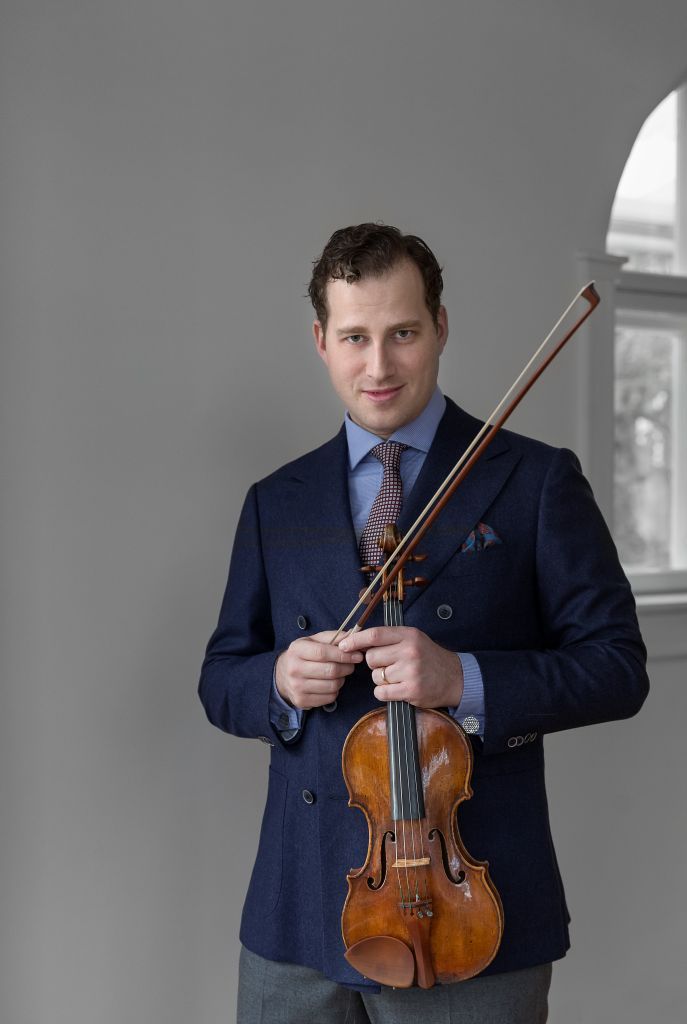Tchaikovsky and Brodsky
Although Tchaikovsky experienced frustrations with his most famous concertos, the B flat minor for piano and the D major for violin, they both became successful fairly quickly; and today any orchestra can fill a concert hall by programming either one of them.
The Violin Concerto was written in spring 1878, in the Swiss resort of Clarens on the shores of Lake Geneva. Tchaikovsky, who was still getting over the trauma of his disastrous marriage, had his young pupil, the violinist Yosif Kotek, with him for solace. They played music together, notably Lalo’s Symphonie espagnole, which influenced the concerto. Kotek also advised on technical aspects of the violin part.
The central slow movement was originally the Méditation, later published as the first piece of Souvenir d’un lieu cher, op. 42, but after his brother Modest and Kotek both confirmed his own misgivings, Tchaikovsky replaced it with the Canzonetta. His chosen dedicatee was Leopold Auer, the Hungarian virtuoso and teacher who helped to found the modern Russian violin school – Tchaikovsky wrote such things as the solos in Swan Lake, the Sérénade melancolique and the sextet Souvenir de Florence for this great player’s unique cantilena.
The trouble was, Auer felt he should have been consulted about the solo part. He prevaricated and even persuaded a colleague, Émile Sauret, not to play the concerto. Although he did eventually perform it, he did so in his own much-edited version, which became influential because all his pupils used it. Actually Auer put his finger on the concerto’s major flaw, the slight inferiority of the Canzonetta and Rondo to the magnificent Allegro moderato.
In 1881 the young Adolph Brodsky took up the concerto and gave the premiere in Vienna, with Hans Richter conducting the Philharmonic. There was only one rehearsal and the reception was mixed – the great critic Eduard Hanslick wrote of music ‘which stinks to the ear’. However, when Brodsky gave the British and Russian premieres the following year, he had great successes, and Tchaikovsky re-dedicated the work to him.
It was the Czech violinist Karel Halír who did most to establish the concerto in the repertoire, giving the German premiere and performing it all over Europe – the composer conducted for him when he introduced it to Prague.
In America the doughty Maud Powell paved the way, performing the first movement on April 6, 1888 in Chickering Hall, New York, with Anton Seidel conducting the Metropolitan Opera Orchestra, and the whole work on January 19, 1889 with the New York Symphony under Walter Damrosch.
Tully Potter
